Mt. Fuji's Aokigahara ForestThe Aokigahara Forest (Shoji Trail Climbing Route) The Aokigahara Forest also known as the “Sea of trees” has the unfortunate distinction of being called a haunted forest. Ever since the novel 'Kuroi Jukai' by Seicho Matsumoto was published in 1960, in which the characters are focused on joint-suicide in the forest, the popularity of the so-called suicide forest has increased among those determined to take their final walk. These events have inspired numerous horror movies centered around the forest. However contrary to popular belief, the Aokigahara Forest is a beautiful dense porous lava based forest with hundreds of unique tree moles and ice caves. The hiking trail starting from lake Shoji-ko has been revitalized in recent years, continues upward until it crosses the Fuji Subaru Line Toll Road at the 3rd station-Jukaidai parking area and then finally intersects with the Fuji Subaru Line 5th Station. The Forrest is great for hiking and Ice Cave Tours. For the 1-Day Mt. Fuji Aokigahara Forest & Lave Cave Tour please see our Mt. Fuji Tours Page #mtfuji #mytokyoguide #aokigahara #fujiicecave
0 Comments
Plan your perfect spring trip to Japan! We are sharing the best places to see cherry blossoms in Japan and best time to see them on this Sakura Forecast 2019. Due to higher expected temperatures in March, 2019, the cherry blossom season in 2019 is expected to arrive Japan slightly earlier than average year. Usually cherry blossoms start opening in late March to early April, reach full blooming after 5–7 days, and can be enjoyed viewing for about 1 week depending on weather condition. Last year, the cherry blossoms in most parts of Japan including Tokyo, Kyoto and Osaka started 7–10 days earlier than the average year. Estimated Cherry Blossom First Bloom and Current Status in 2019. The estimated first Cherry Blossom bloom schedule of popular tourist destinations in Japan is as below: Sapporo 4 May (not open yet) Aomori 24 April (not open yet) Fukushima 3 April (not open yet) Tokyo 23 March (not open yet) Yokohama 24 March (not open yet) Nagano 8 April (not open yet) Kanazawa 1 April (not open yet) Kyoto 25 March (not open yet) Osaka 26 March (not open yet) Hiroshima 23 March (not open yet) Fukuoka 19 March (not open yet) Cherry Blossoms Forecast Map 2019 3Where to See Cherry Blossoms in 2019. Here are some of best places to see cherry blossoms in Japan in 2019!
Tokyo Best Cherry Blossom Tours (Available from March 20th to April 7th only!) Tokyo: Cherry Blossom Shinjuku Gyoen, Meguro River, Chidorigafuchi, Ueno Park, Sumida River, Top 12 in Tokyo, Cherry Blossoms Night Viewing Spots, Cherry Blossom Festivals in Tokyo, Cherry Blossom Viewing Restaurants, Cherry Blossom Viewing Cruises in Tokyo Kyoto: Philosopher’s Walk, Maruyama Park, Daigoji Temple, Ninnaji Temple, Heian Shrine, Top 10 in Kyoto Mt. Fuji: Odawara Castle, Saitama, Kamakura, Yokohama, Mt.Akagi, Top 10 near Tokyo Mt. Fuji: Fuji Kawaguchiko Cherry Blossom Festival, Fuji 5 Lakes, Oshino Hakkai, Fuji Shibazakura Festival Osaka: (Osaka Castle, Osaka Mint Bureau, Expo’70 Commemorative Park), Nara (Yoshinoyama, Tanzan Shrine) Shikoku: Mt.Shiude Tohoku: Hirosaki Castle, Kitakami Tenshochi, Shiroishi River, Takada Castle Hokkaido: Hakodate, Sapporo Others: Onsen with cherry blossom views, Top night viewing spots, Late blooming cherry blossoms, Spring Activities with Cherry Blossoms, Best Cherry Blossom Festivals in Japan #2019cherryblossomforecast #cherryblossom #bestcherryblossomsites #mytokyoguide #tokyobest cherryblossomsites Top 5 Japan hikes with views of Mt. Fuji.Mt. Fuji is by far Japan’s most famous and Iconic Mountain However, one important point to note is when you are hiking Mt. Fuji you can’t actually see Mt. Fuji. Therefore, I would like to suggest some easy alternatives to hiking Mt. Fuji that will give you a great view of Mt. Fuji and you can hike these throughout the year. #1 Mt. Mitake (Mount Mitake) Mt. Mitake, located about 50 kms Northeast of Shinjuku, Mt. Mitake is still considered inside the Tokyo ward. The summit is 929 meters high and is covered with beautiful forested area with a picturesque stream, lots of moss covered stones and two nearby waterfalls. Like most mountain in Japan there is also a rope-way that takes you half-way up the mountain. It takes less than an hour to reach the summit after getting off the rope-way. Once you reach the summit you can hike another hour and reach Mt. Otake (1,267 meters). Access: Mitake station from Shinjuku Station using the JR Chou Line (Change at Ome Station to local Ome Line) Fully covered by the Japan Rail Pass #2 Mt. Mitsutoge (Mount Mitsutoge) Mt. Mitsutoge, located in Yamanashi prefecture where half of Mt. Fuji is located offers by far the best view of Mt. Fuji. The Mt. Mitsutoge summit is 1785m and it is a more difficult high than Mt. Mitake. The summit top of Mt. Mitsutoge offers 360 degree panoramic views of Mt. Fuji, Lake Kawaguchi and the surrounding areas. The hike is difficult in some places and is moderately long (4 - 6 hours return depending on your route choice) but is well worth it for the amazing views and the serenity at the top. There are several trials but starting from Mitsutoge Station trail and end the hike a Kawaguchi Lake us highly recommend if you have a full day: The descending Kawaguchi Lake trail passes through Mt. Shimoyama, Mt. Kinashiyama and Mt. Tenjo (Mt. Kachi Kachi), Before reaching Kawaguchi lake. Access: Mitsutoge Station and Kawaguchi Stations are both accessible from Shinjuku Station using the JR Chou Line: Fully covered by the Japan Rail Pass. #3 Mt. Takao (Mount Takao) Just a one-hour trip west from Tokyo, the sacred Mt. Takao offers a unique blend of Japanese culture and beautiful nature. The area boasts a variety of hiking courses, historic temples and an exhilarating view from the summit. In 2007, the famous Michelin Travel Guide, named Mt. Takao a three-star winning mountain and one of the best places to discover the “real Japan”. Mt. Takao, designated as a national park forest state, is covered with a natural mixed forest of old aged coniferous, beech and broad-leaved trees which remain vertically untouched from ancient times. The area is especially beautiful in autumn when the leaves turn color. The summit 600 meters above sea level provides an exhilarating panoramic scenery of Tokyo and the surrounding Kanto mountains of Chichibu, Nikko, Tanzawa, and Mt. Fuji on a clear day. There are six well-maintained hiking courses starting from the foot of Mt. Takao-san and leading up to the summit, each with a different theme, allowing visitors to learn about the nature of Takao. You can also ride halfway up the mountain by cable car or lift, so that the remaining climb to the top is not so difficult. Near the cable car terminal is the Takao-san Natural Zoo and Botanical Garden, where you will be greeted by monkeys that range freely throughout the area. Hiking on Mt.Takao is an all-year-round destination; After reaching the top serious hikers can continue on to Mt. Jinba (857m) for a whole day of hiking. Access: Mt. Takao Station from Shinjuku Station using the JR Chou or Keio Line: Fully covered by the Japan Rail Pass #4 Mt. Jinba (Mount Jinba) Mt. Jinba is located in nearby Kanagawa prefecture and is a higher (at 854 meters) mountain and more changing climb than the more famous Mt. Takao (at 599 meters). Even less people know that you can actually climb from Mt. Takao to Mt. Jinba (or vice versa) in one day. The 7-hour hike, is not as challenging as say a Mt. Fuji climb, however it is a longer hike (18 kms) and easy to get lost if you cannot read Japanese, so it is not recommended you try this trail alone, trying with someone that has done the trail before or getting a guide to go with you is best. Access: Mt. Takao Station from Shinjuku Station using the JR Chou or Keio Line: than take bus to Jinba-Kogen-Shita bus stop and start you hike from here: #5 Mt. Tenjo (Mount Tenjo) Mt. Tenjo. also, known as Mt. Kachi Kachi is 1104m high and located in Yamanashi-prefecture, was already mentioned with #2 Mt. Mitsutoge. However, as it offers the closest and clearest views of Mt. Fuji, I would like to include this mountain as a completely separate climb; like Mt. Mitsutoge, Mt. Tenjo offers 360 degree panoramic views of Mt. Fuji, Lake Kawaguchi and the surrounding areas. However, Mt. Tenjo can be easily hiked in much less time around 3~4 hours, starting and ending from Kawaguchiko Station. The Mt. Fuji Panoramic Ropeway takes you near the peak of Mount Tenjo from the Eastern Shores of Lake Kawaguchiko however by doing so you miss many of the scenic viewpoints of Mt. Fuji accessible along the trail to the summit. Access: Kawaguchi Station accessible from Shinjuku Station using the JR Chou Line: Fully covered by the Japan Rail Pass A more difficult alternative includes Mt. Akadake at 2,899m Aka-dake is the highest peak of the Yatsuga-dake range:
#Mt. Takao, #Mt.Jinba, #Mt. Fuji Views #Mt.Tenjo, #Mt. Mitake, #Mt. Mitsutoge #MtTokyoGuide
Mt. Fuji Day Tour (Open-Air Onsen). An Opportunity to experience a real traditional onsen (Hot Spring) while enjoying the beautiful Mt. Fuji scenery. This special tour includes relaxing at the open-air bath while overlooking Mt Fuji.
Mt. Fuji Hot Spring Tours are operated throughout the year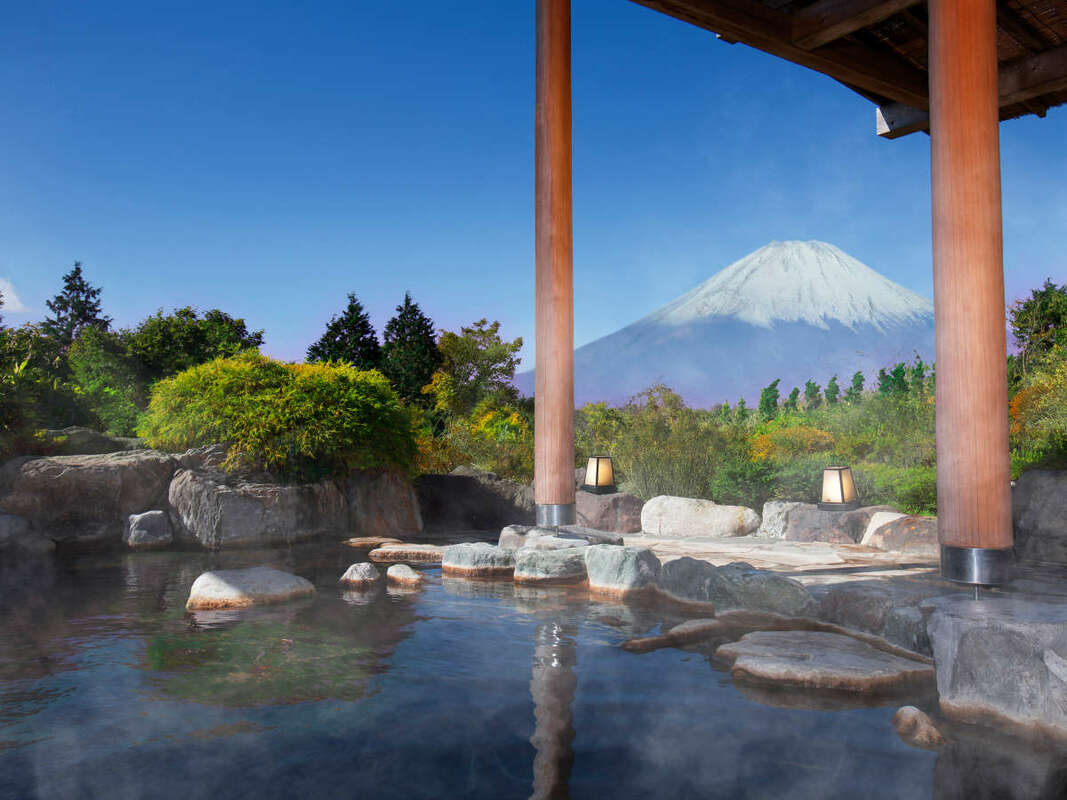 Mt. Fuji Hot Spring with view of Mt. Fuji in background Mt. Fuji Hot Spring with view of Mt. Fuji in background
​ ​ ​Mt. Fuji Hot Spring - Private Itinerary
Mt. Fuji Hot Spring - Group Itinerary
- The Group Tour operates M~F - Leaves from Shinjuku at 8:00am - Visit Mt. Fuji 5th Station and Gotemba Outlet Mall - Includes Japanese Style Lunch and free time to stroll around Lake Kawaguchi. - 60 Min Hot Spring Time - For the Group Tours Swimsuits are also not allowed. - Yamanashi Prefecture regulations prohibit people with tattoos
For more information on Group and Private Mt. Fuji Hot Spring Tours, see our Mt. Fuji Hot Spring Tour Page
or contact us using our Contact form Enjoy a 1 Day Snow Monkey Tour from Tokyo to view the wild Snow Monkeys soaking in the natural hot springs near the snowy Nagano mountains. - Take an exciting adventure to Nagano to watch the world-famous "snow monkeys″ relaxing and soaking in the natural hot springs of the Jigokudai Yaen-Koen near the snowy Nagano mountains. Visit the National Treasure Zenko-ji Temple which has been a place of worshipped for over 1400 years. It enshrines one of the oldest Buddha statues and the main hall is designated a national treasure. The Day Tour also visits Jigokudani Monkey Park, which is famous for its Japanese Snow Hot Springs during the winter season. Tour includes the following:
- Return Bullet Train Tickets from Tokyo - Japanese Soba Lunch - English Speaking Guide - Jigokudani Monkey Park entrance fees - Transportation to/from Nagano Station to Jigokudani Monkey Park See Itinerary below: Until day prior to tour Depart from Tokyo Station or Ueno Station Arrive at Nagano Station Depart from Nagano Station Visit Zenko-ji Temple Local Noodle Lunch Depart from Zenkoji Station Arrive at Roman Museum Parking Lot Depart from Parking Lot Jigokudani Monkey Park Depart from Jigokudani Monkey Park Depart from Roman Museum Parking Lot Arrive at Nagano Station Depart from Nagano Station Arrive at Tokyo Station Tour Notes: * Minimum of 2 Participants required: * Operated on selected dates only: (Dates from Nov to April) For more information on Snow Monkey Tours please Contact Us: |
Author: Richard ReayAdventure lover and Mt. Fuji Climbing and Japan Enthusiast. Archives
April 2019
Categories
All
mt Fuji GuidebookJapan WirelessJapan Wireless Wifi Enter Coupon Code JWMYTOKYOGUIDE to receive a ¥500 discount
|
My Tokyo Guide |
Mt. Fuji |
|
My Tokyo Guide is a member of the All Nippon Travel Agents Association (ANTA)
Copyright © My Tokyo Guide Inc. All Rights Reserved | 2008 - 2024 |
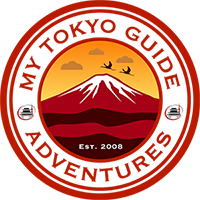
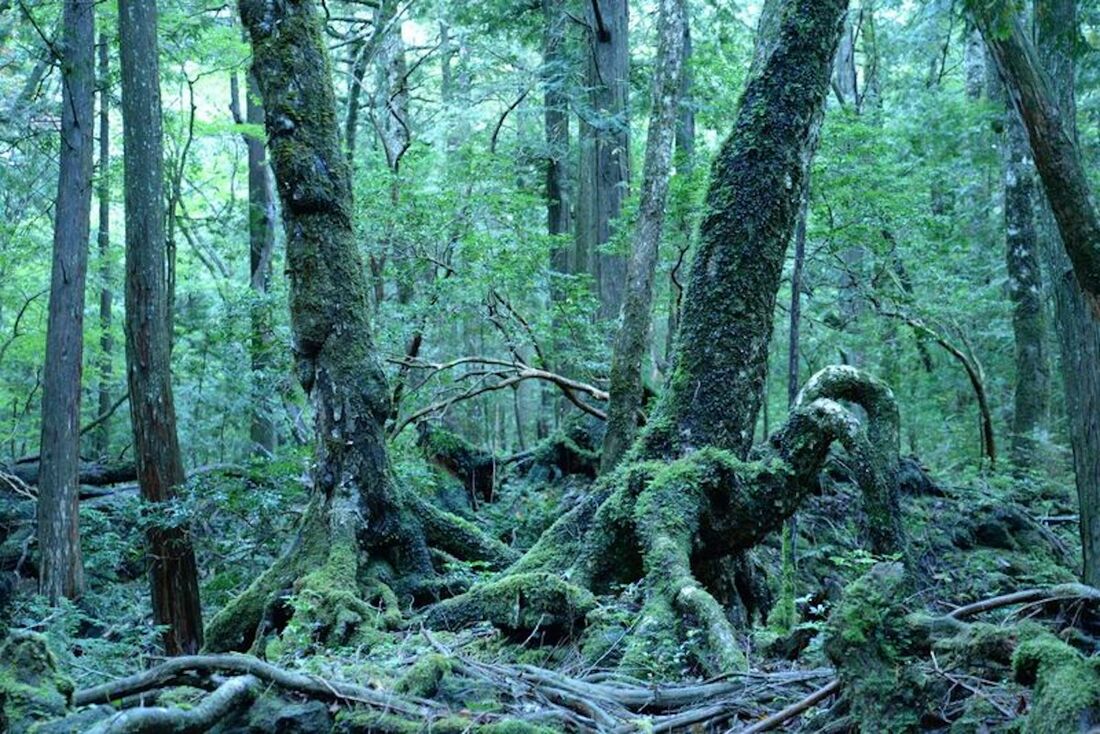
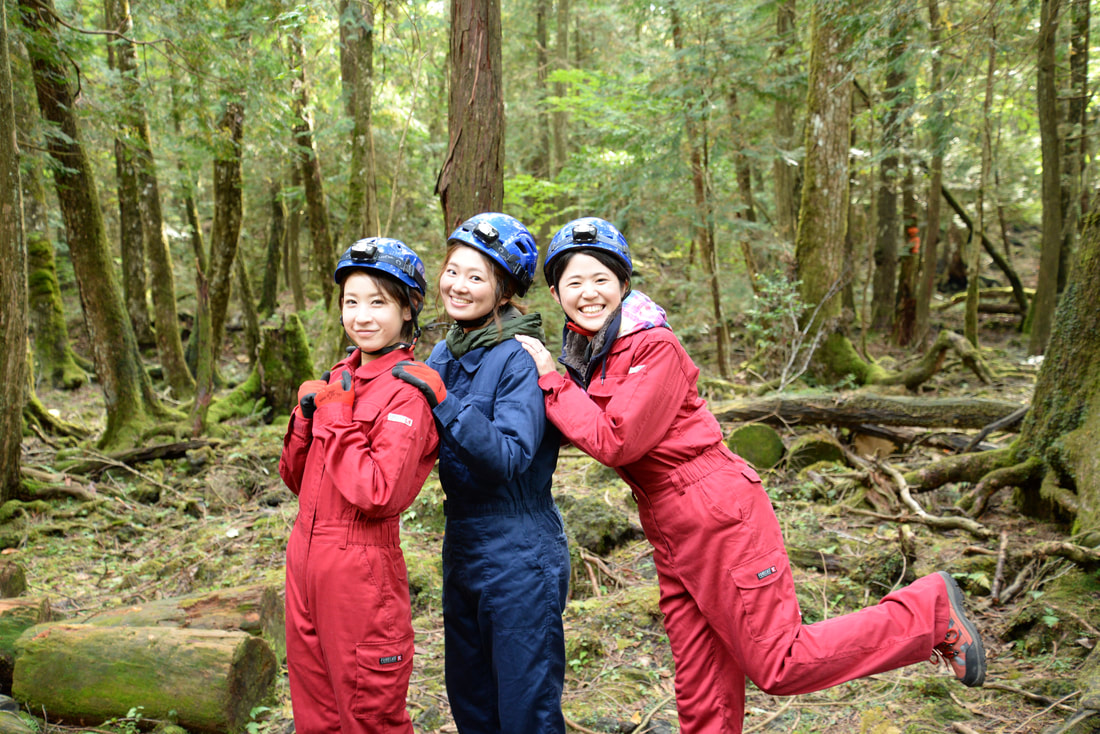
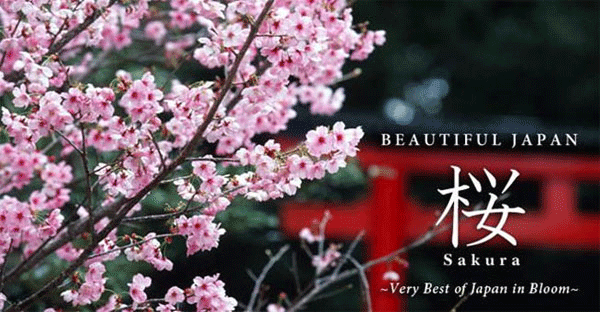
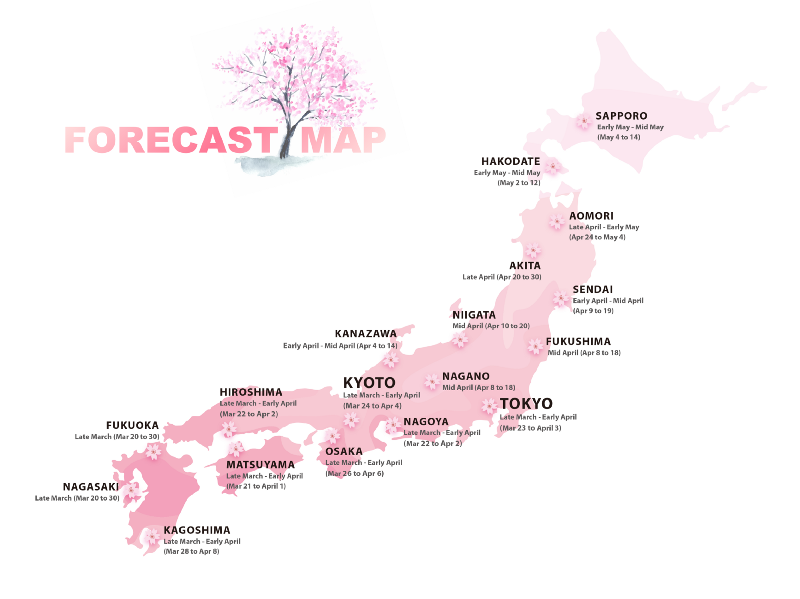
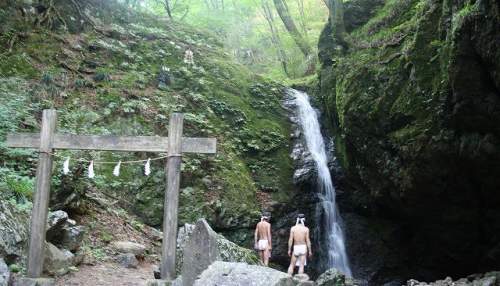
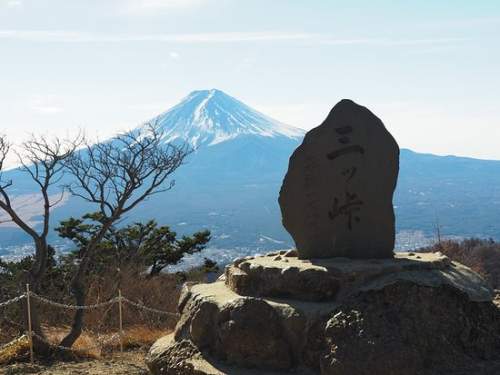
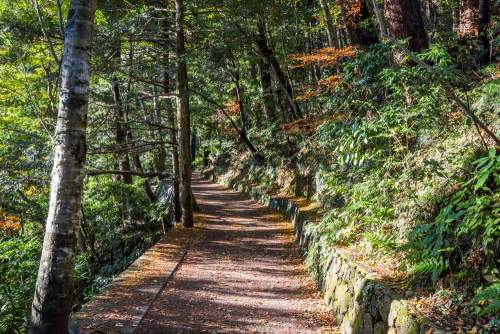
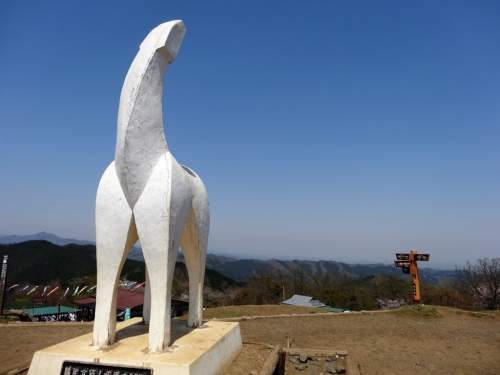
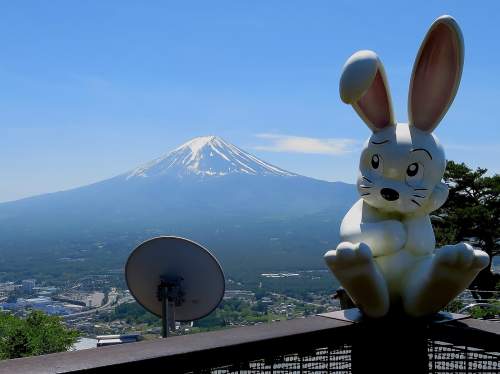
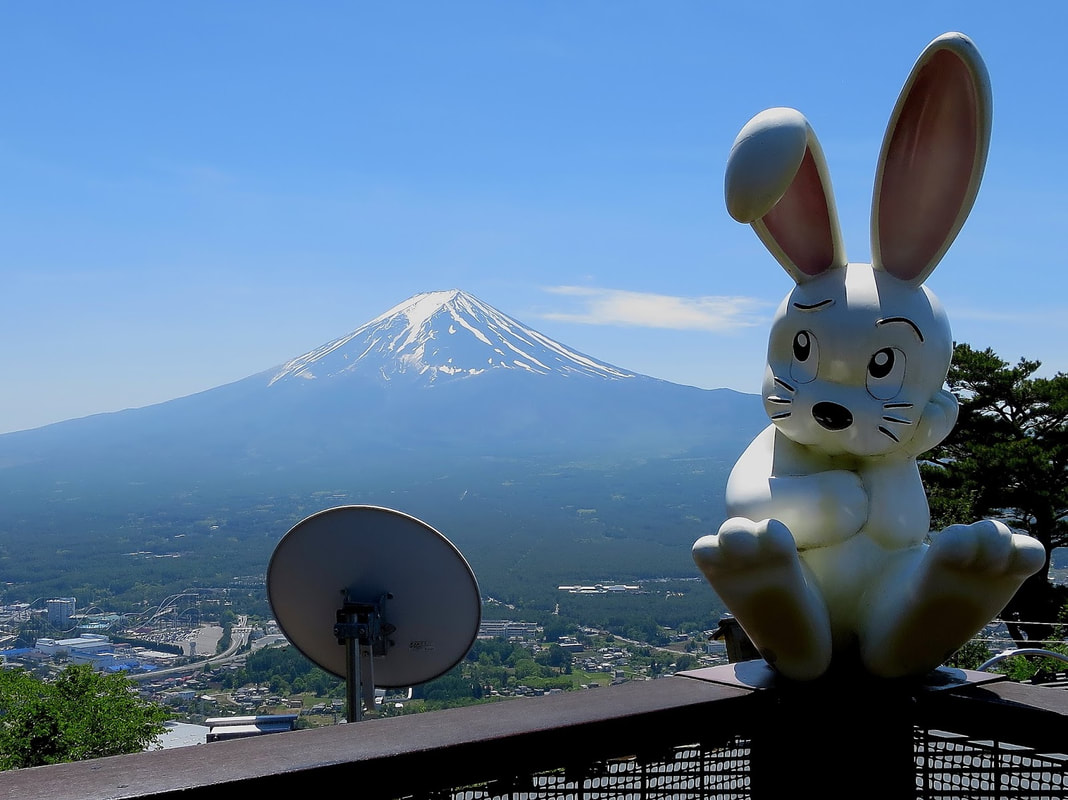
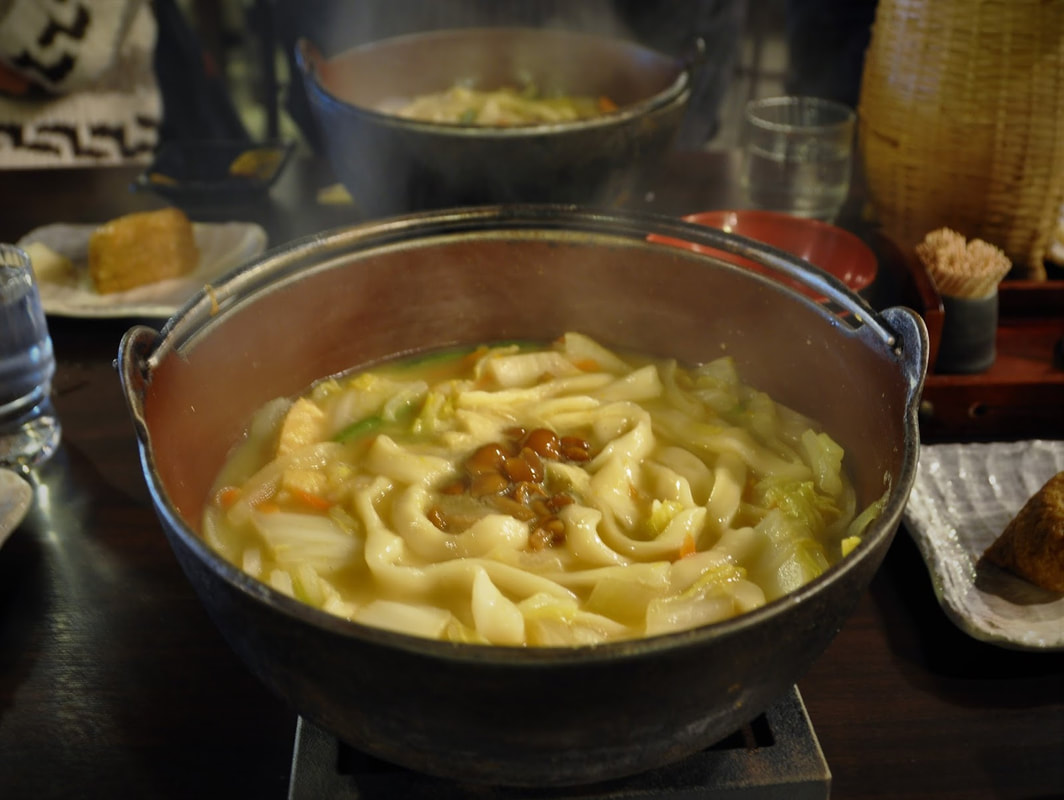
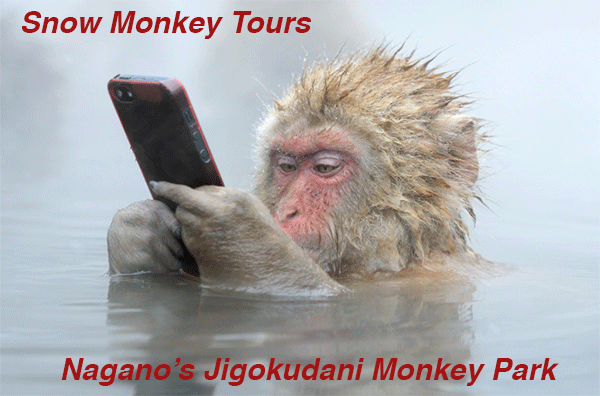
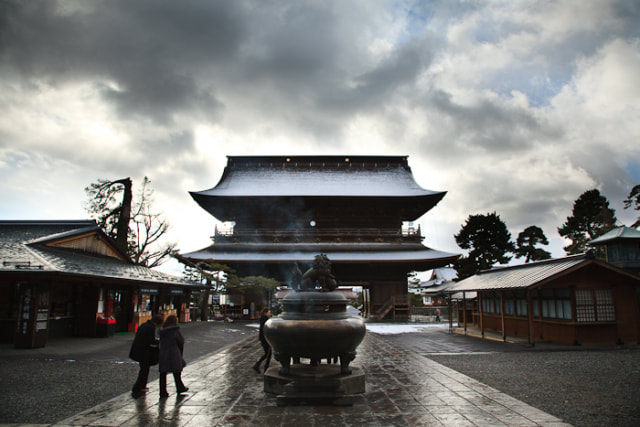
 RSS Feed
RSS Feed



